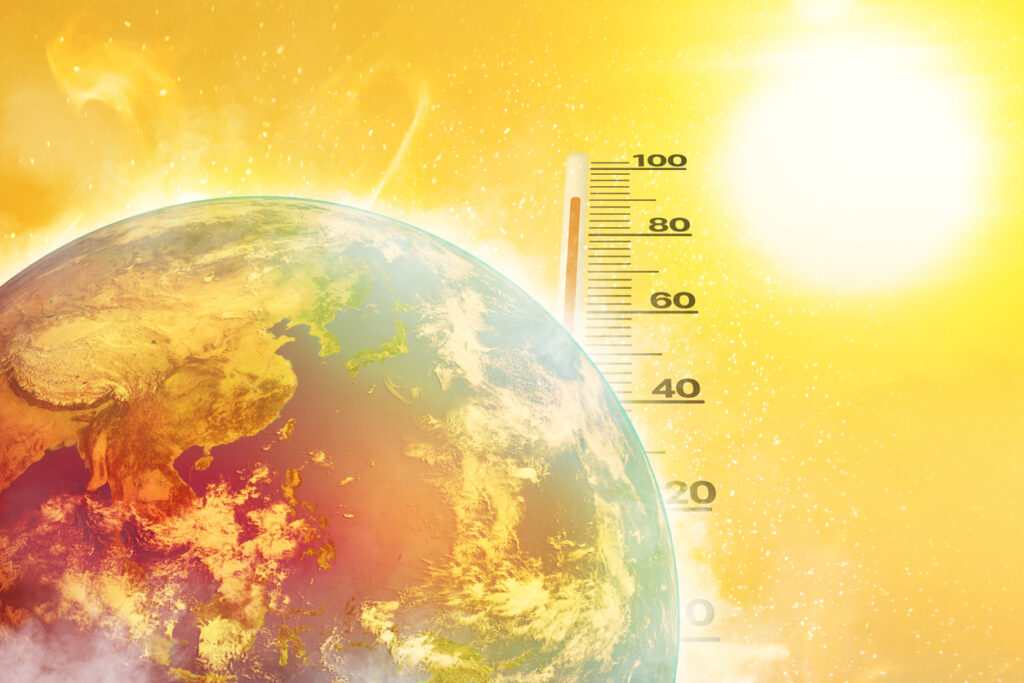Air pollutants — including particulate matter, pollen, greenhouse gases, and other harmful substances — can contribute to the development and exacerbation of allergic diseases by disrupting the skin barrier, according to new research in the Annals of Allergy, Asthma & Immunology.
Air pollutants may cause epithelial barrier dysfunction, leading to the exacerbation and development of allergic diseases such as atopic dermatitis (AD), allergic rhinitis, food allergy, and asthma. Epigenetic changes associated with air pollutants have also been connected to the onset of allergic diseases, note researchers from National Jewish Health in Denver, CO.
What’s more, these changes can be passed down through subsequent generations, causing a higher prevalence of allergic diseases in offspring, they conclude.
The most effective approach to prevent allergic diseases resulting from air pollutants? Minimize exposure to these pollutants from an early age, keeping in mind that pollutants are not only present outdoors but also indoors as well.
“Modulation of the aryl hydrocarbon receptor could be a valuable strategy for alleviating air pollutant-induced epidermal barrier dysfunction and atopic dermatitis,” they note.


